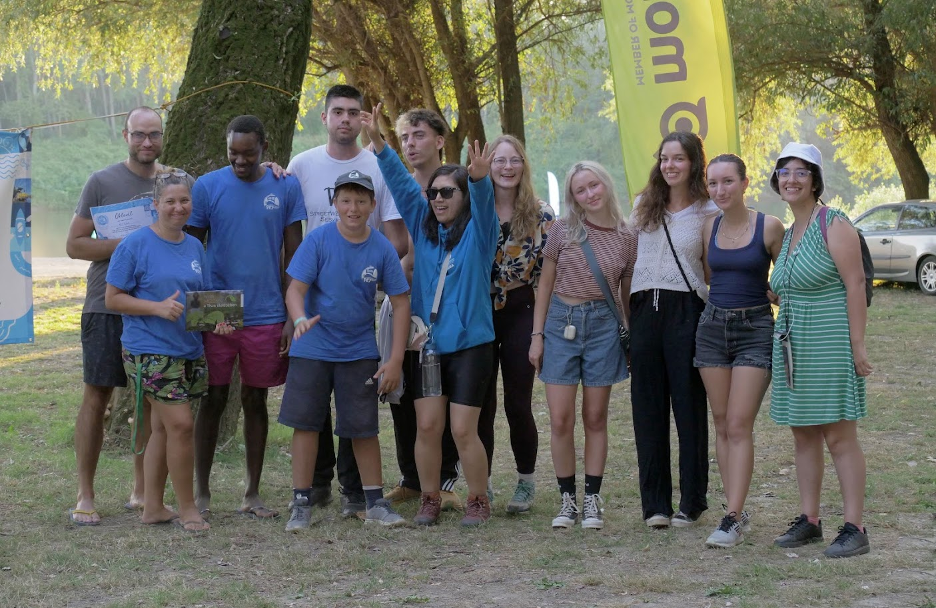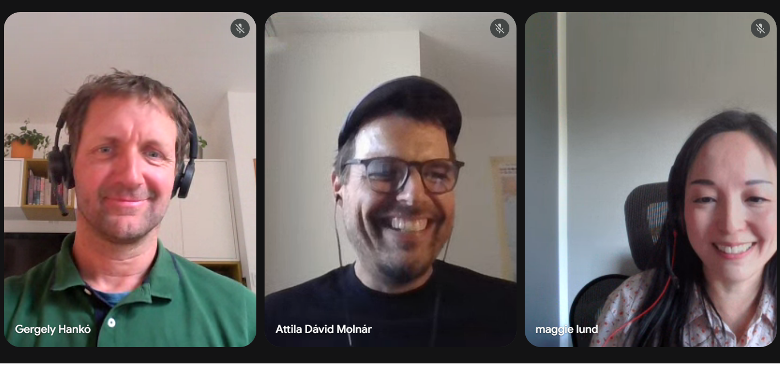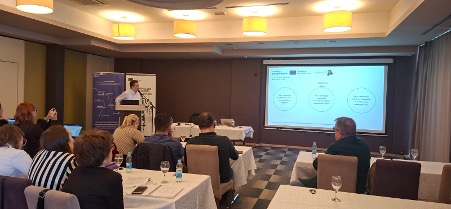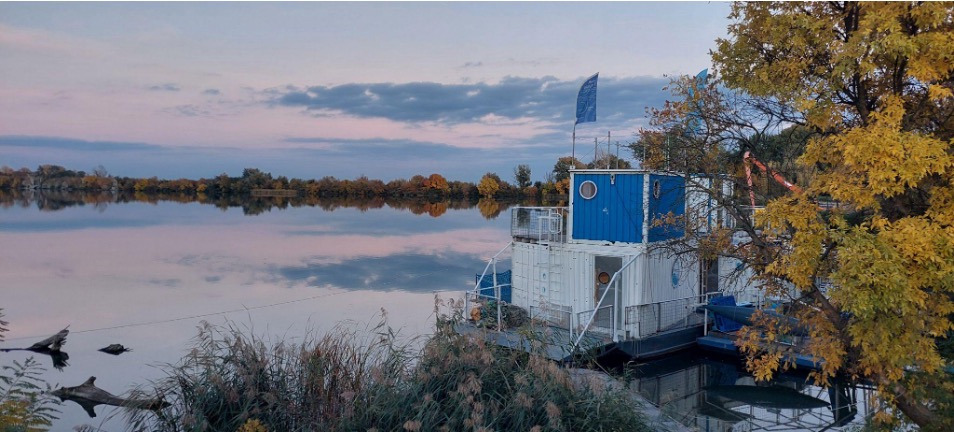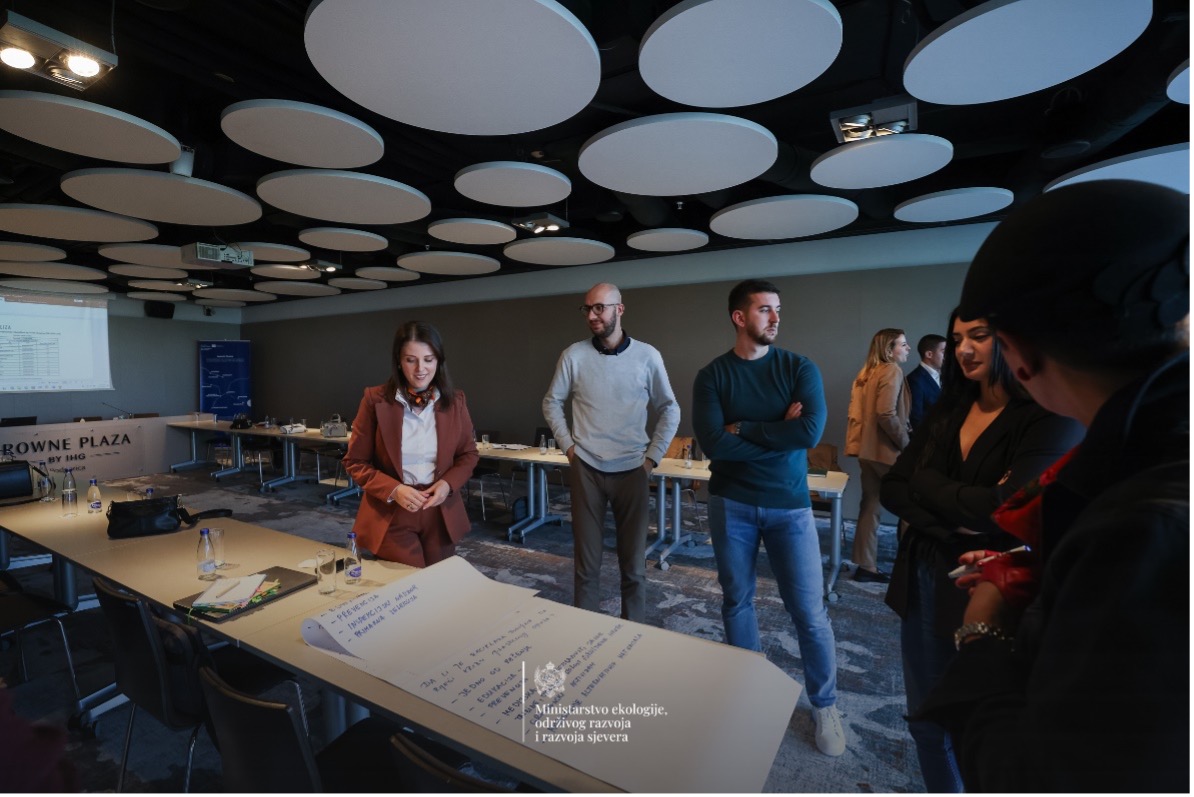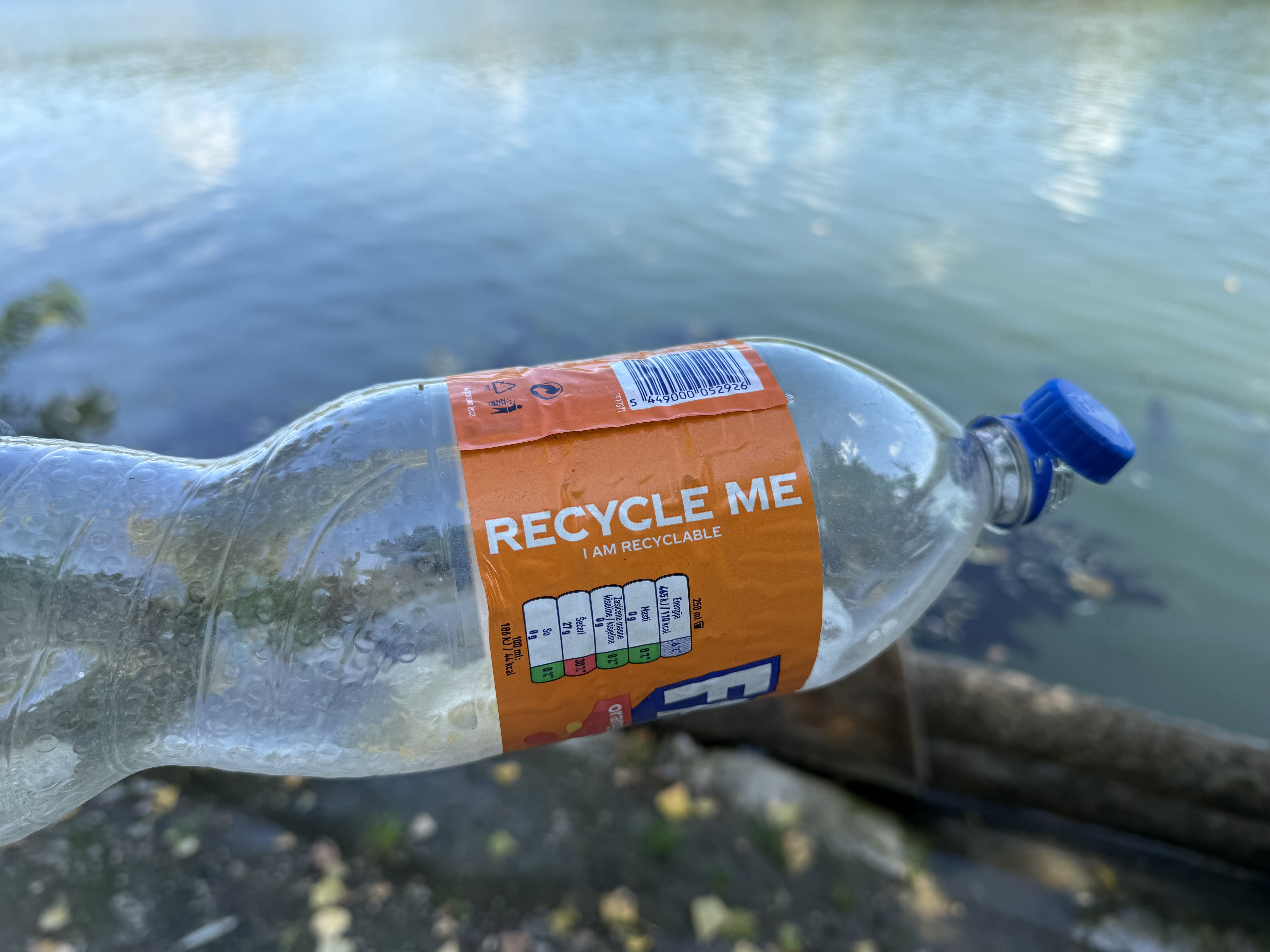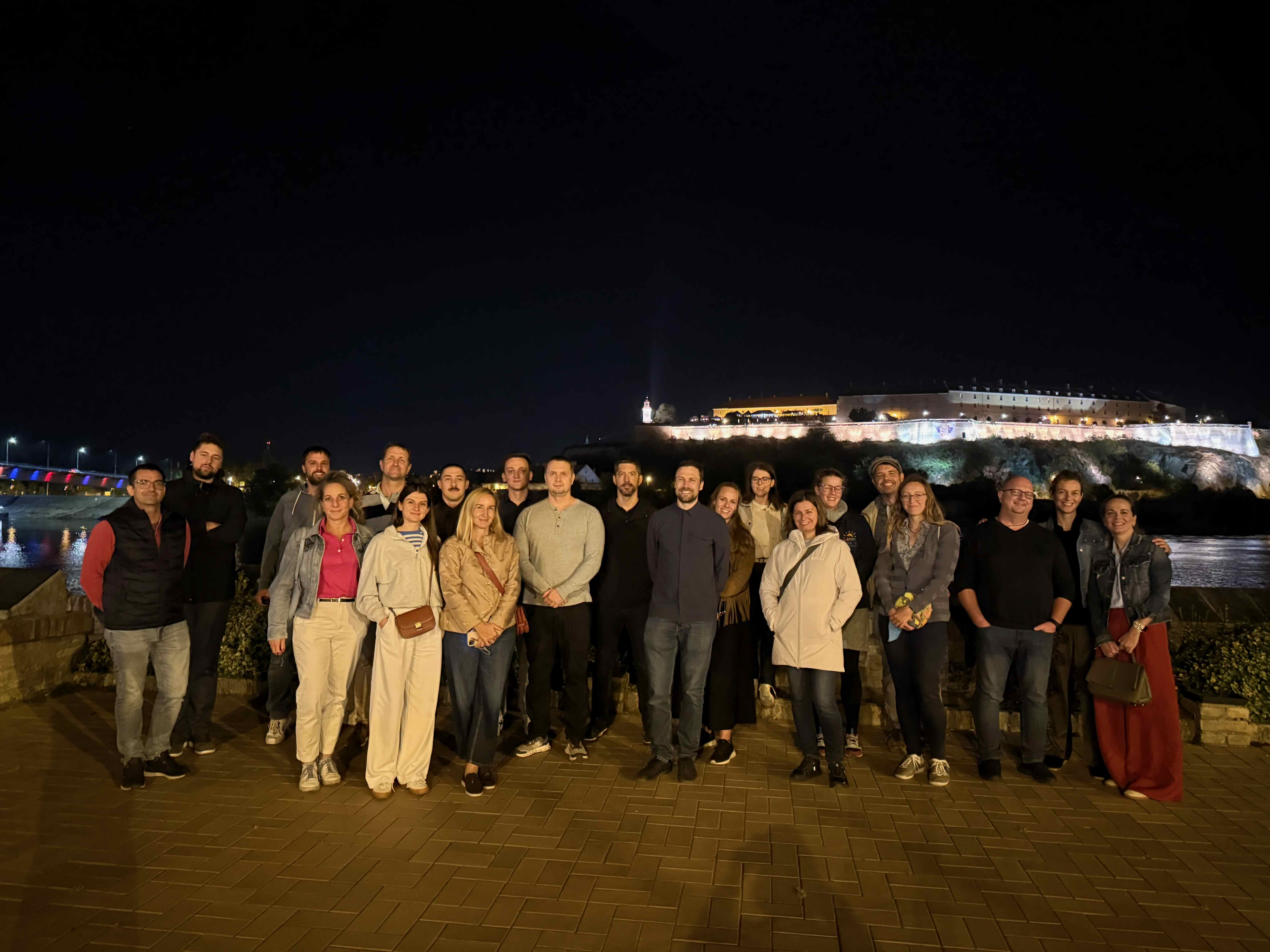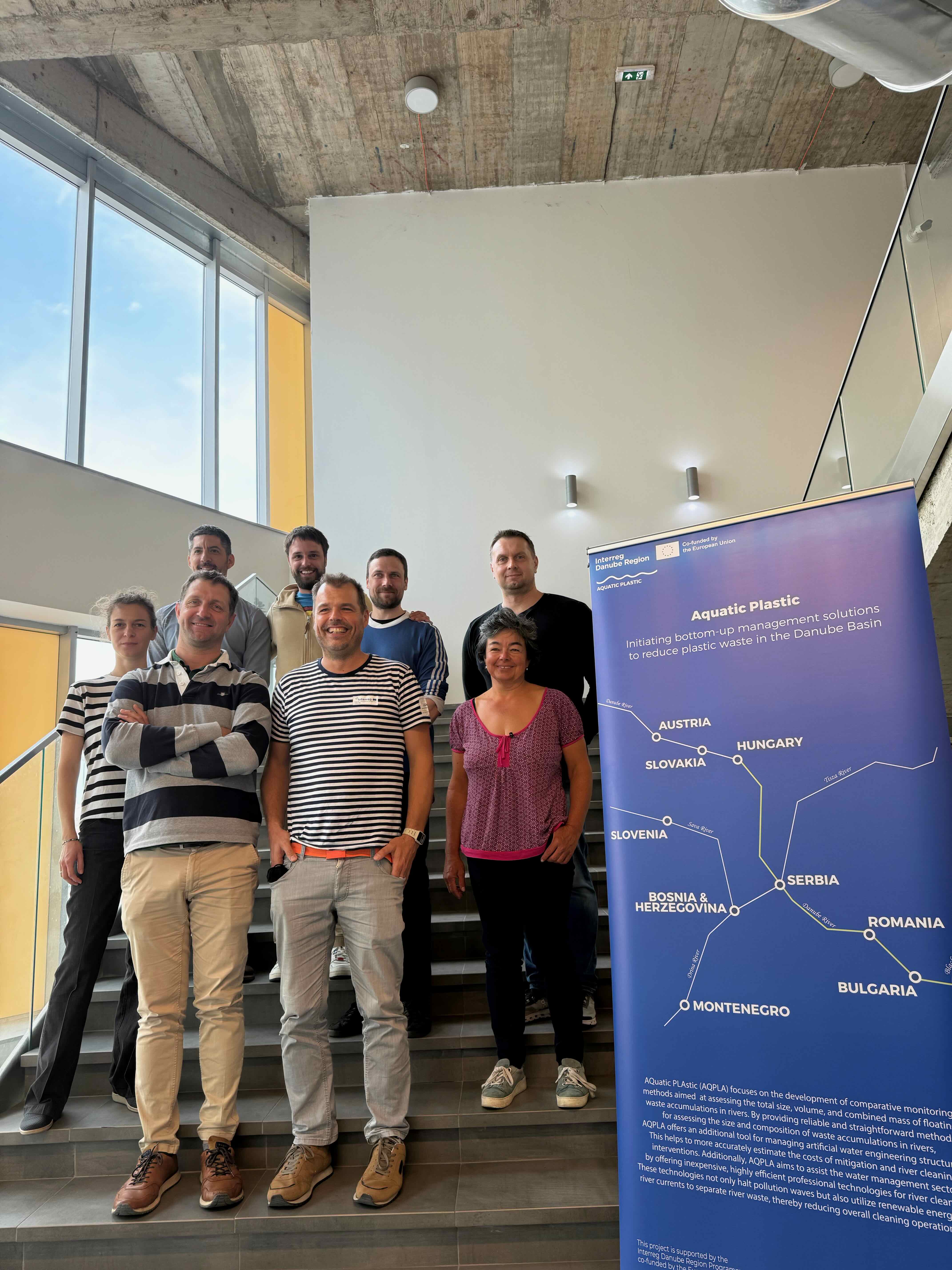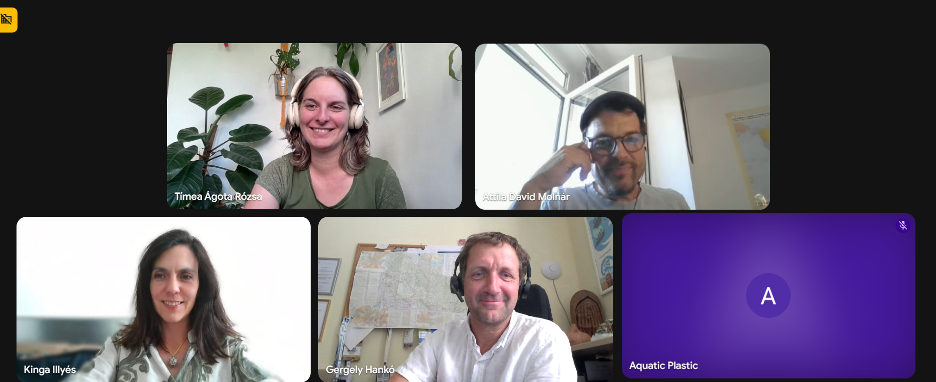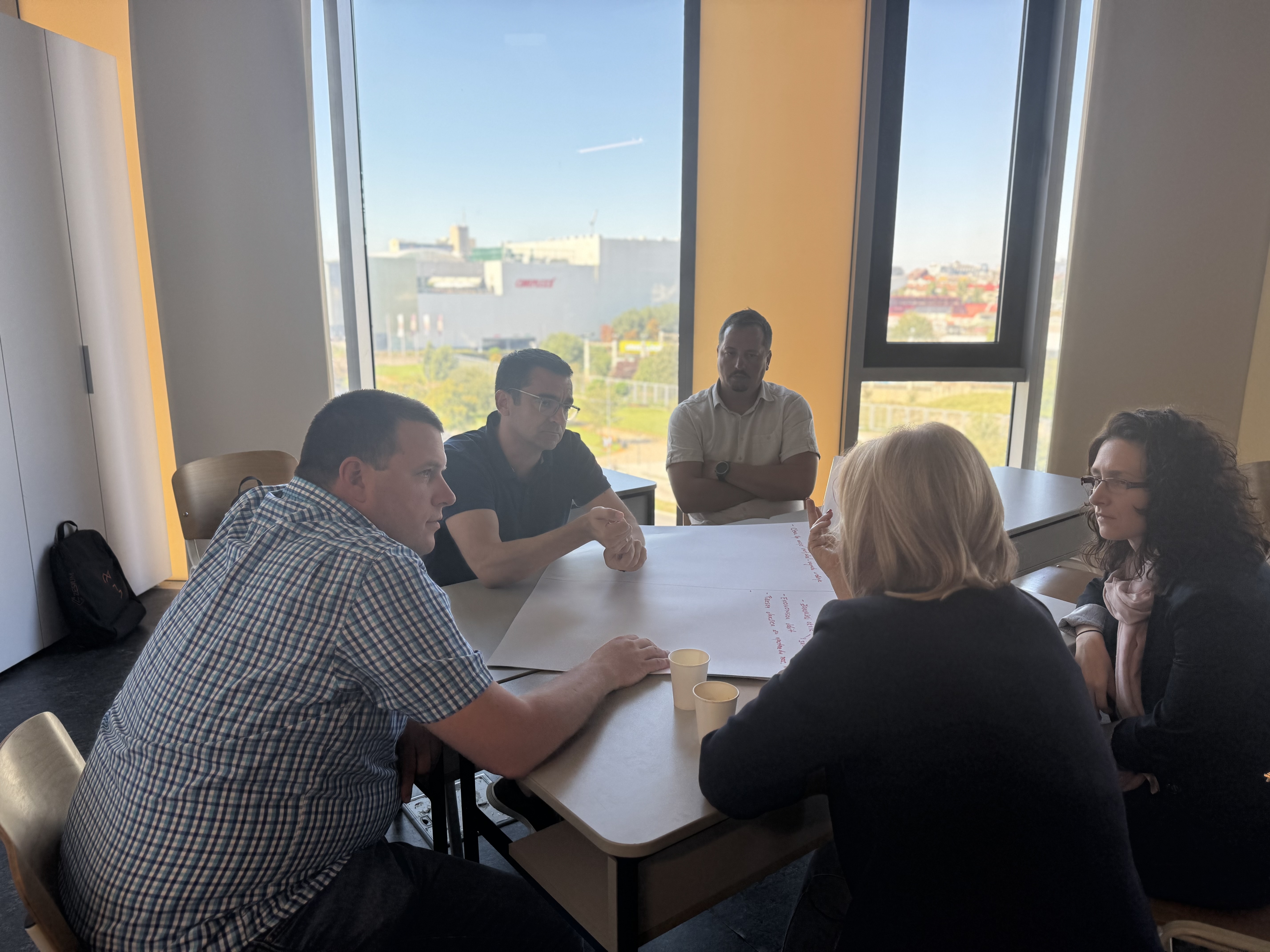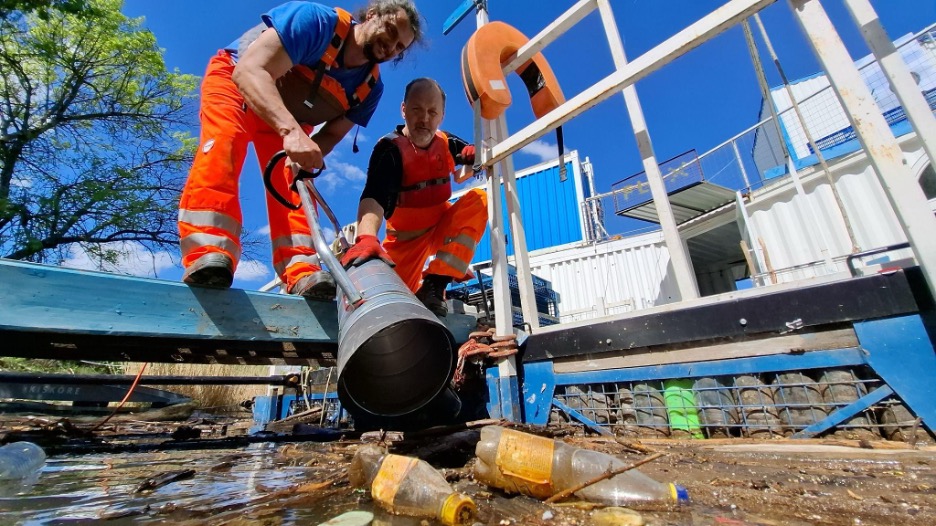
Harnessing the River to Fight Pollution: New Tools for Cleaner Waters
Plastic pollution in rivers is one of the great environmental challenges of our time—but a growing wave of innovation is rising to meet it. Around the world, river cleanup technologies are evolving rapidly, and most of them have one thing in common: they rely on the natural power of the river itself. By harnessing the renewable energy of the current, these technologies intercept floating debris before it has a chance to reach the sea.
From skimmers and trash fences to automated workboats, these tools are already doing an impressive job—capturing thousands of tonnes of floating plastic waste every year. But they also face a shared set of challenges. One key issue is that most of these systems collect everything that floats—whether it’s plastic bottles or natural materials like driftwood, leaves, or branches. This mixed debris is typically lifted from the water’s surface, then transported for incineration or landfill. In only a few exceptional cases is the waste actually sorted, selected, and recycled.
That’s where the Plastic Cup initiative, lead partner of the Aquatic Plastic (Aqpla) project, is charting a new course. With over a decade of experience in river cleanups, Plastic Cup has developed a method that separates riverine litter with such precision that over 50% of the collected material can be recycled—an industry-leading achievement.
But that’s just the beginning. In the framework of Aqpla, the team has launched a series of pilot actions aimed at designing next-generation, sustainable river cleanup technologies. And by sustainable, they mean more than just environmentally friendly: these tools aim to sort and separate floating litter right at the water’s surface, using as little energy as possible.
To test these ideas under real-world conditions, the project carried out field trials in various tributaries of the Danube River Basin, including the Hornád sub-basin in Slovakia, the Bodrog and Tisza rivers in Hungary, and the Someș River in Romania. These sites offered a diverse range of hydrological conditions, from narrow mountain streams to slow-flowing floodplains—ideal test beds for innovative solutions. The similar factor in these interventions were that each case took place next to a water engineering structure (dam, hydroelectric power plant). The technologies tested on floating riverine litter accumulations fall into two broad categories: passive and active collection devices.
Passive Solutions: Let the River Do the Work
Passive systems rely entirely on the river’s current to guide and gather waste. In this category, the team deployed HYDRA skimmers, a modular system designed to capture floating waste using natural flow dynamics. These skimmers were tested both in dry mode (attached to the riverside) and in wet mode (mounted on cleanup boats). The beauty of passive systems is their simplicity: no fuel, minimal maintenance, and almost zero operating cost.
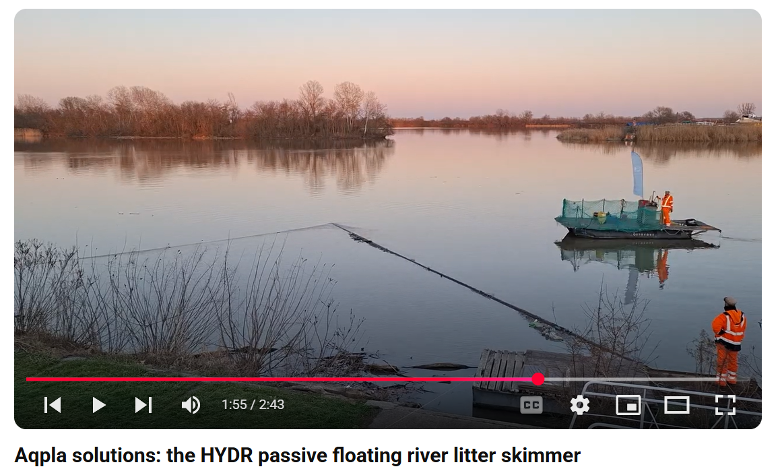
Video 1. The HYDR solution in dry (riverside attached) mode.
Active Solutions: Powering Precision Cleanup
In contrast, active systems use external energy sources—electric motors, batteries, or engine propulsion—to create water or air flows that help separate waste materials. Two promising technologies under development in Aqpla are the CHYMERA and KRAKEN systems. These devices use targeted pressure streams to separate lightweight plastic particles from heavy, tangled driftwood. Despite their higher energy needs, their versatility and effectiveness in difficult conditions make them essential tools in the cleanup arsenal.
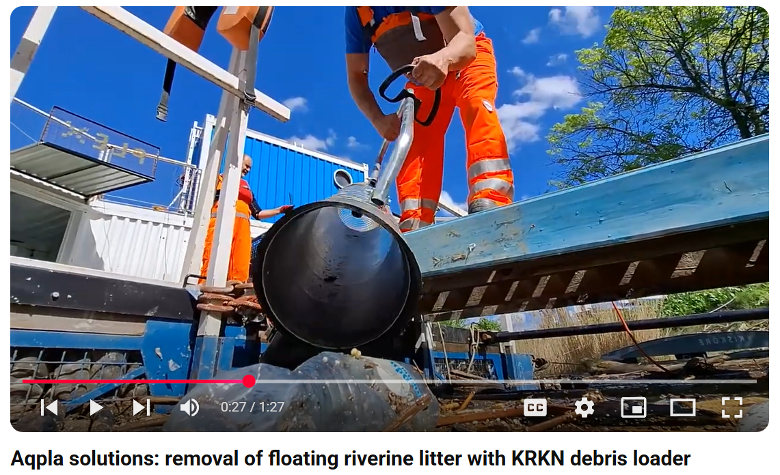
Video 2. The KRKN solution got its name from the mythological creature, the kraken, which catches everything it wants
From Testing to Best Practices
Each of these technologies was rigorously documented using high-resolution photos, videos, and technical field notes. Based on this data, the Aqpla team has begun compiling detailed usage protocols and performance evaluations. The goal is not just to find out what works, but how, when, and where to deploy these systems most effectively.
While this is only the beginning, the results are already promising. By combining field innovation with scientific evaluation, the project is helping to push river cleanup from ad hoc efforts into a structured, strategic approach—one that’s adaptable to rivers across Europe and beyond. For more videos, click to the AQPLA playlist on the pilot testing of alternative river cleanup methodologies:
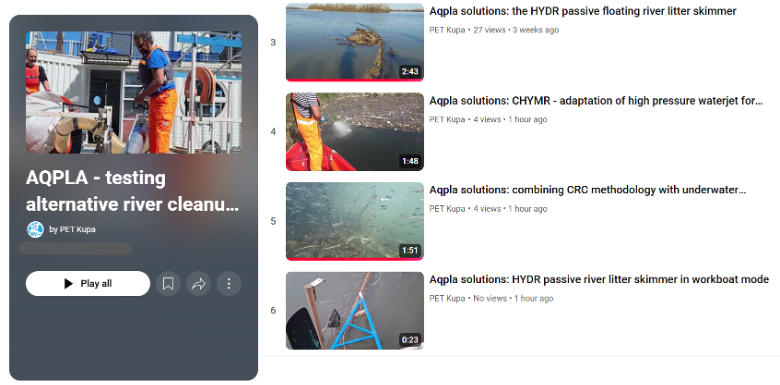
Video 3. Check out how the HYDR system changes the trajectory of a floating PET bottle or find out how much plastic is accumulating on the bottom of a water reservoir at the Aqpla playlist on Youtube.
News & Events
Read the most recent updates and explore the upcoming events.

